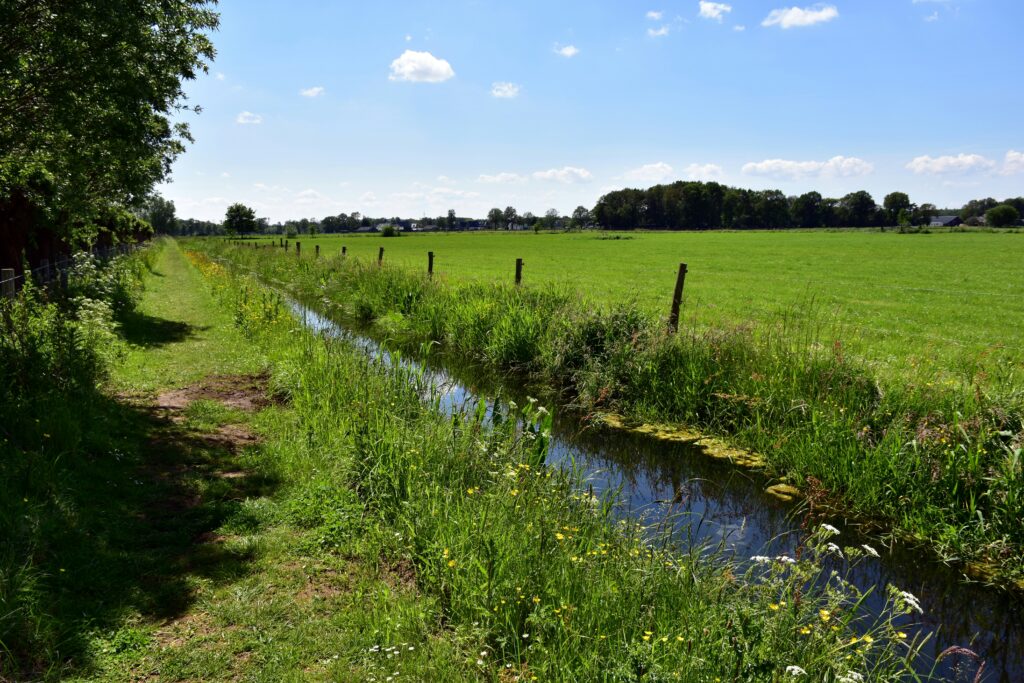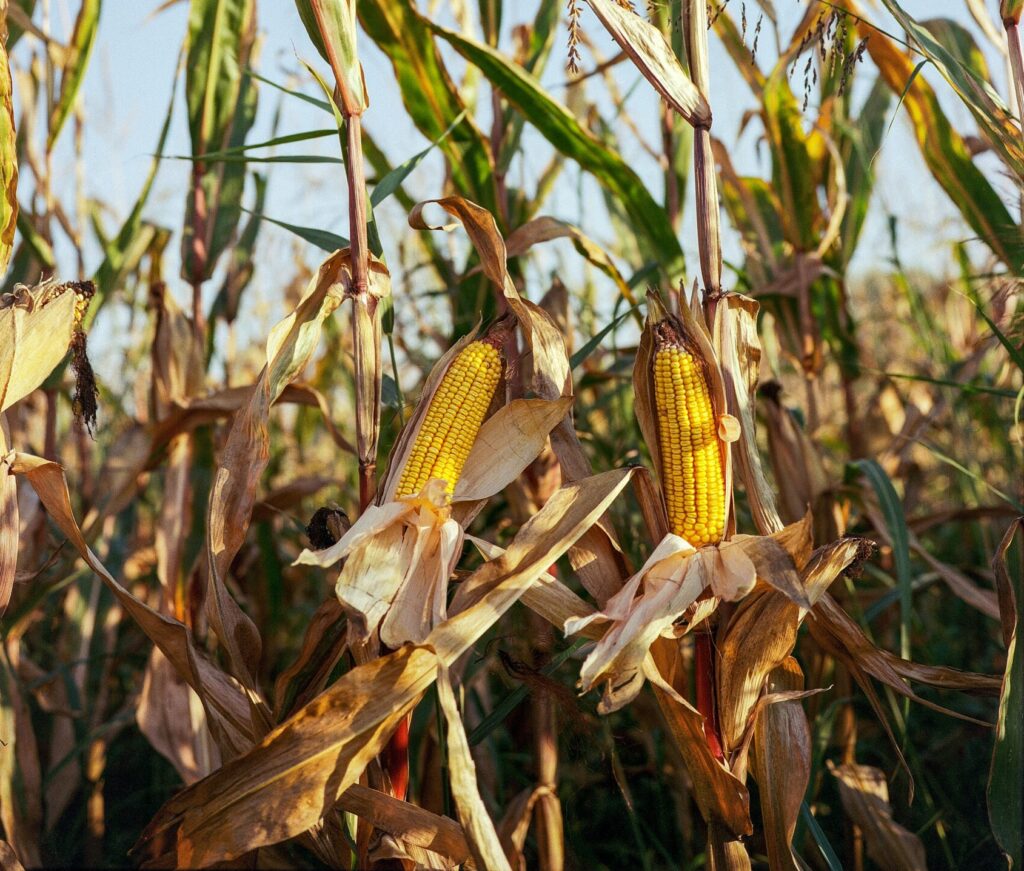How to Assessing and Improving Soil Condition for Sustainable Farming
Improving soil condition is a crucial step in ensuring the long-term productivity and health of farming land. It involves understanding the current state of the soil and taking targeted actions to enhance its physical, chemical, and biological properties. Here’s a guide on how to assess soil condition and steps to improve it:
Assessing Soil Condition
Before you can improve soil condition, it’s essential to understand the current state of the soil on your farming land. This assessment involves several steps:
Soil Testing
- Soil Sampling: Collect soil samples from different parts of your land, particularly if the land varies in terms of elevation, previous crop history, or soil type. A composite sample can provide an overall view, but individual samples from specific areas might be necessary for precise analysis.
- Laboratory Analysis: Send the samples to a reputable soil testing laboratory. The lab will analyze the soil for key parameters such as pH, nutrient levels (nitrogen, phosphorus, potassium), organic matter content, and the presence of any contaminants or deficiencies.
- Soil Texture Analysis: Determine the soil’s texture, which is the proportion of sand, silt, and clay. This affects water retention, drainage, and root penetration. Soil texture can be assessed through a simple “feel test” or more accurately through a laboratory particle size analysis.
- Bulk Density and Compaction Testing: Measure the bulk density of the soil, which indicates compaction. High bulk density means the soil is compacted, which can hinder root growth and water infiltration.
- Water Holding Capacity: Evaluate the soil’s ability to retain water, which is crucial for crop growth, especially in dry periods. Soils with good structure and organic matter content tend to hold water better.
Visual and Physical Inspection
- Soil Structure:Examine the soil structure by digging a small pit or using a soil auger. Look for a crumbly, granular structure, which indicates good soil health. Poor structure might be indicated by compacted, hard clods or overly loose, sandy soil.
- Color and Smell:Healthy soil is often dark brown or black due to high organic matter content. A rich, earthy smell suggests active microbial life, while sour or chemical odors might indicate problems like poor drainage or contamination.
- Root Development:Inspect plant roots by digging up a few plants. Healthy roots should be white or light brown, and should penetrate deep into the soil. Shallow or stunted roots may indicate compaction or poor soil conditions.
- Weed and Crop Growth: Observe the types of weeds growing and the general health of crops. Certain weeds can indicate soil imbalances (e.g., plantain and dandelion often thrive in compacted soils), while poor crop growth can signal nutrient deficiencies or poor soil structure.
Improving Soil Condition
Based on the assessment, you can take the following steps to improve the soil condition of your farming land:
Improving Soil Structure
- Adding Organic Matter:Incorporate organic materials like compost, manure, or green manure (cover crops) to improve soil structure, enhance nutrient content, and increase water retention. Organic matter helps bind soil particles into aggregates, which improve porosity and aeration.
- Cover Cropping: Grow cover crops like clover, rye, or legumes during the off-season. These crops protect the soil, add organic matter when tilled under, and can fix nitrogen in the case of legumes.
- No-Till or Reduced Tillage: Minimize soil disturbance to maintain soil structure. No-till farming helps preserve soil aggregates, reduces erosion, and increases organic matter over time.
Correcting Soil pH
- Lime Application: If soil testing reveals acidic soil (low pH), apply lime (calcium carbonate) to raise the pH. The exact amount should be based on soil test recommendations.
- Sulfur Application: For alkaline soils (high pH), elemental sulfur can be applied to lower the pH. Again, the application rate should be determined by soil tests.
Enhancing Soil Fertility
- Balanced Fertilization: Based on soil test results, apply fertilizers to address specific nutrient deficiencies. Use organic fertilizers like compost or manure, or inorganic fertilizers for targeted nutrient correction.
- Micronutrient Management: If deficiencies in micronutrients like zinc, iron, or manganese are identified, apply appropriate amendments to correct these imbalances.
- Soil Amendments: Add amendments such as gypsum (for improving clay soils and reducing sodium levels) or biochar (to enhance nutrient retention and soil structure).
Addressing Soil Compaction
- Deep Tillage or Subsoiling: If compaction is severe, consider deep tillage or subsoiling to break up compacted layers and improve root penetration and water infiltration. This is particularly useful for compacted subsoil layers.
- Aeration: In smaller areas or in less compacted soils, aeration (using tools like a broadfork or mechanical aerator) can help improve soil porosity.
Improving Water Management

- Drainage Improvement: In poorly drained soils, install drainage systems such as tile drains, or improve surface drainage with ditches or swales.
- Irrigation Management: Use efficient irrigation techniques like drip irrigation or sprinkler systems to ensure that water is delivered evenly and efficiently to crops, reducing water stress and improving crop health.
- Mulching: Apply organic mulch (e.g., straw, wood chips) to conserve soil moisture, reduce evaporation, and moderate soil temperature.
Enhancing Biological Activity

- Encouraging Beneficial Microorganisms: Add compost, compost tea, or other organic amendments that promote microbial activity in the soil. Healthy microbial populations are essential for nutrient cycling and soil structure.
- Rotational Grazing: On mixed-use land, rotational grazing of livestock can help improve soil fertility by distributing manure evenly and preventing overgrazing, which can lead to soil degradation.
Monitoring and Continuous Improvement
Soil conditioning is an ongoing process that requires regular monitoring and adjustments. Keep records of soil tests, crop performance, and any amendments or practices applied to the soil. This data will help you track improvements and make informed decisions about future soil management practices.
Improving soil condition is vital for maintaining productive and sustainable farming land. By conducting thorough soil assessments and implementing targeted soil conditioning practices, you can enhance soil fertility, structure, and overall health. This not only leads to better crop yields but also contributes to the long-term sustainability of your farming operations. Regular monitoring and adaptive management are key to ensuring that the soil remains in optimal condition for years to come.
















